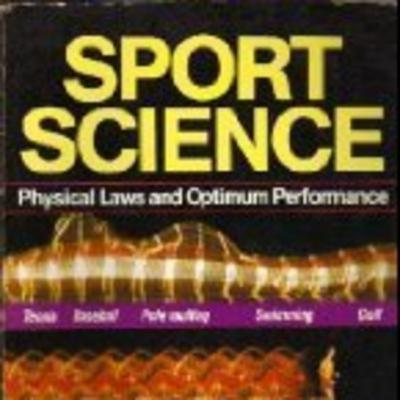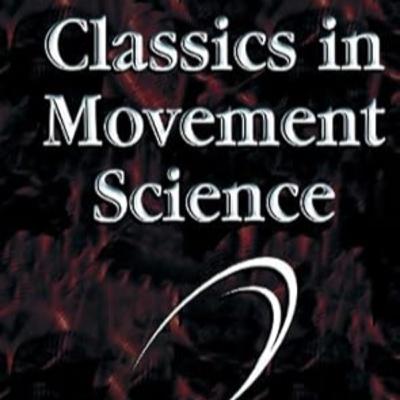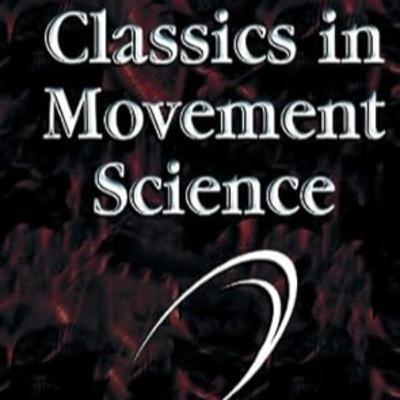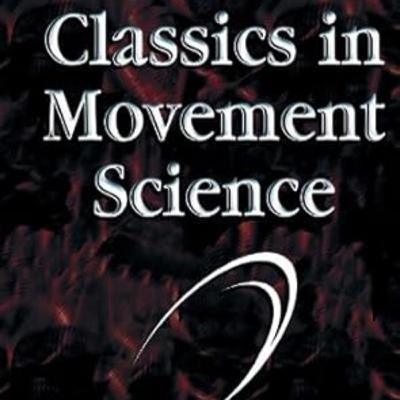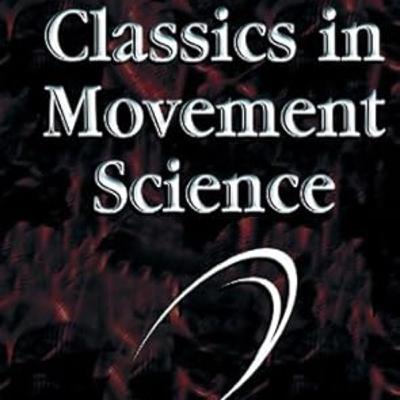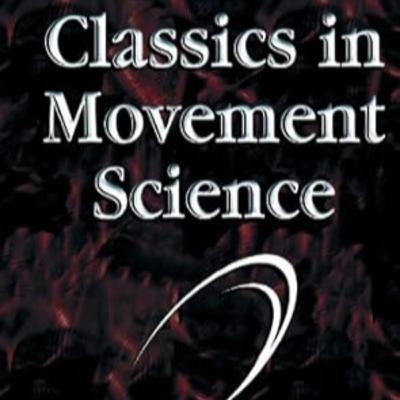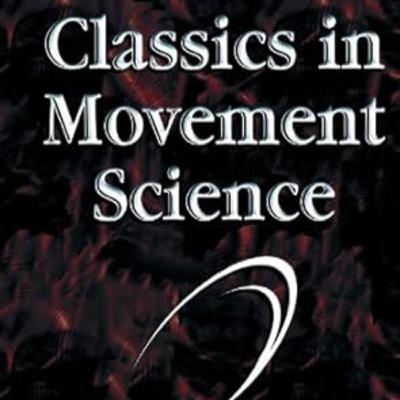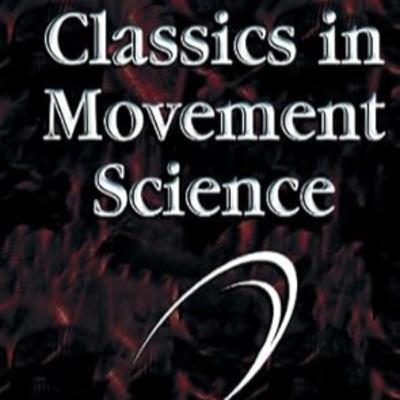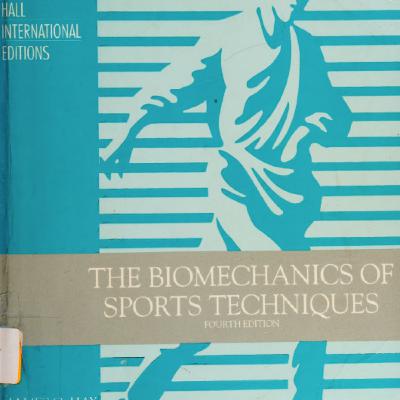Discover Exploring Sport Biomechanics Book by Book
Exploring Sport Biomechanics Book by Book

Exploring Sport Biomechanics Book by Book
Author: Mehmet Murat Demirelli
Subscribed: 7Played: 60Subscribe
Share
© Mehmet Murat Demirelli
Description
Welcome to Exploring Sport Biomechanics Book by Book! In this podcast, we're cracking open the textbooks and diving deep into the fascinating world of sports biomechanics. Each episode, we'll break down key concepts from leading books in the field, analyze athletic movement, and explore how this knowledge can help athletes of all levels improve their performance, reduce injury risk, and unlock their full potential.
Created by NotebookLM
Created by NotebookLM
75 Episodes
Reverse
Sportscience: Physical Laws and Optimum Performance by Peter J. Brancazio.
Introduction: Science and Sports
This episode explores the work of Robert Sessions Woodworth, a pioneering psychologist who made significant contributions to our understanding of movement control. We'll delve into his research on the psychophysics of movement, focusing on his investigations into the relationship between speed and accuracy in motor tasks. Join us as we uncover Woodworth’s lasting impact on the field of motor control and learn how his insights continue to shape our understanding of human movement.
This episode delves into the groundbreaking work of Kurt Wachholder, a pioneer in the study of voluntary movement. We'll explore his innovative use of electromyography to understand muscle activation patterns during movement, highlighting his discovery of the three-phase EMG pattern in agonist and antagonist muscles. We'll also discuss his insightful research on rhythmic movements, which revealed the crucial interplay of inertia, elastic forces, and muscle activity in generating efficient and coordinated movements. Join us as we uncover the lasting impact of Wachholder's research on our understanding of motor control.
This episode explores the life and groundbreaking work of Sir Charles S. Sherrington, a towering figure in the history of neuroscience. We'll delve into his key discoveries, including the concept of the synapse, the importance of inhibition in the nervous system, and the role of proprioceptive feedback in motor control. Join us as we celebrate Sherrington's remarkable contributions to our understanding of how the brain and spinal cord control movement.
This episode explores the groundbreaking research of W.P. Lombard on the action and coordination of two-joint muscles. Challenging traditional views of muscle antagonism, Lombard’s work revealed how muscles with seemingly opposing actions could efficiently work together. We’ll delve into his concept of “pseudo-antagonism” and how two-joint muscles can leverage their mechanics to generate powerful and coordinated movements. Join us as we uncover the lasting impact of Lombard’s research on our understanding of biomechanics and human movement.
This episode delves into the life and work of John Hughlings Jackson, a pioneering 19th-century neurologist. We’ll explore Jackson’s groundbreaking ideas on the organization of the motor system, specifically his concept of somatotopic organization in the brain, all deduced through keen clinical observation. Journey through the history of neuroscience as we discuss how Jackson’s initially overlooked findings were later validated by researchers like David Ferrier. Join us for a fascinating look at the enduring legacy of John Hughlings Jackson and his impact on our understanding of the brain and motor control.
This episode journeys back to the early days of research on muscle work and efficiency in humans. We’ll delve into a groundbreaking 1922 paper by A.V. Hill, a pioneer in exploring the relationship between muscular force, work, efficiency, and speed. Discover how Hill's ingenious experiments, utilizing a weighted flywheel, revealed key insights into the concepts of equivalent mass, viscous resistance, and the existence of an optimal speed for mechanical efficiency in muscle contraction. Join us as we uncover the foundations of muscle mechanics and its impact on human performance.
This episode dives into the Action-Perception Theory, exploring the intertwined relationship between movement and perception. We'll journey back to the 19th century to spotlight the groundbreaking work of Hermann von Helmholtz, a pioneer in understanding movement control. Discover why action without perception and perception without action are inherently flawed concepts as we examine the crucial role of sensory feedback in guiding movement and the significance of movement in shaping our perception. Join us as we untangle the fascinating interplay of action and perception and its profound implications for understanding motor control.
This episode examines Ragnar Granit's significant contributions to our understanding of the spinal mechanisms of motor coordination. Focusing on his 1950 paper, the episode explores the role of reflexes in the self-regulation of muscle contraction and automatic inhibition. Learn how Granit’s experiments demonstrated specialized sense organs for both excitation and inhibition in muscle, and discover the implications these findings have on our understanding of motor control. If you're interested in physiology, neuroscience, or motor control, especially the roles of reflexes, proprioception, and motor learning, this episode is a must-listen!
This episode explores the concept of mechanical work in human movement. We delve into the groundbreaking research of pioneers like Wallace O. Fenn and Herbert Elftman, uncovering how they measured and analyzed energy expenditure, muscle viscosity, and energy transfer in activities like sprinting and walking. Discover the fascinating interplay of muscle elasticity, energy transfer within the body, and the role of tendons and muscles in storing energy. Join us as we break down the mechanics of movement, providing essential knowledge for enhancing performance and preventing injuries!
This episode dives into the intricacies of muscle twitches and their accompanying electrical activity through the lens of Derek Denny-Brown’s classic paper, “Fibrillation and Fasciculation in Voluntary Muscle." Published in 1938, this landmark study showcased the innovative use of electromyography to distinguish between various types of muscle contractions. Denny-Brown meticulously categorized “true fibrillation” from “false fibrillation”, providing crucial insights into the nature of these involuntary muscle movements. We’ll explore the distinctions between these categories, along with Denny-Brown’s observations on “fasciculations” and their implications for understanding abnormal motor neuron activity. Join us for a deep dive into the groundbreaking work of Derek Denny-Brown and the impact it has had on our understanding of muscle physiology.
This episode strides into the world of human locomotion, specifically the biomechanics of walking. Journey back to the 19th century as we uncover the groundbreaking work of Braune and Fischer, pioneers who employed cutting-edge equipment and intricate mathematical models to dissect the roles of gravity and muscle activation in gait. We’ll compare their findings to insights from modern technologies like electromyography, highlighting how our understanding of muscle activity during walking evolved. Plus, we'll delve into McGeer’s passive-dynamic walking theory and how it challenges assumptions about the role of muscles and the nervous system. Join us as we explore the intricacies of human gait and the lasting impact of Braune and Fischer’s legacy!
This episode delves into the groundbreaking work of Nikolai Aleksandrovich Bernstein and his revolutionary approach to studying movement. Challenging traditional mechanistic views, Bernstein’s research, highlighted in his 1935 paper “The Problem of the Relation Between Coordination and Localization,” emphasized the complexity of the human movement system, focusing on aspects like integration and non-linear interactions. Join us as we explore the historical context of Bernstein's work, how he navigated the oppressive Soviet regime to conduct his research, and the lasting impact his findings have had on movement science and neuroscience.
This first episode, based on Chapter 1 of Classics in Movement Science, takes us back in time to explore early attempts to understand human movement. We’ll examine how mechanical metaphors, while initially promising, posed a significant challenge to understanding coordination and control - a challenge known as “Charles’s problem.” Tune in as we delve into the history of movement science and uncover the enduring mystery of biological coordination.
The Biomechanics of Sports Techniques
by James G. Hay
Chapter 17: Track and Field: Throwing
The Biomechanics of Sports Techniques
by James G. Hay
Chapter 16: Track and Field: Jumping
The Biomechanics of Sports Techniques
by James G. Hay
Chapter 15: Track and Field: Running
The Biomechanics of Sports Techniques
by James G. Hay
Chapter 14: Swimming
The Biomechanics of Sports Techniques
by James G. Hay
Chapter 13: Softball
The Biomechanics of Sports Techniques
by James G. Hay
Chapter 12: Gymnastics


